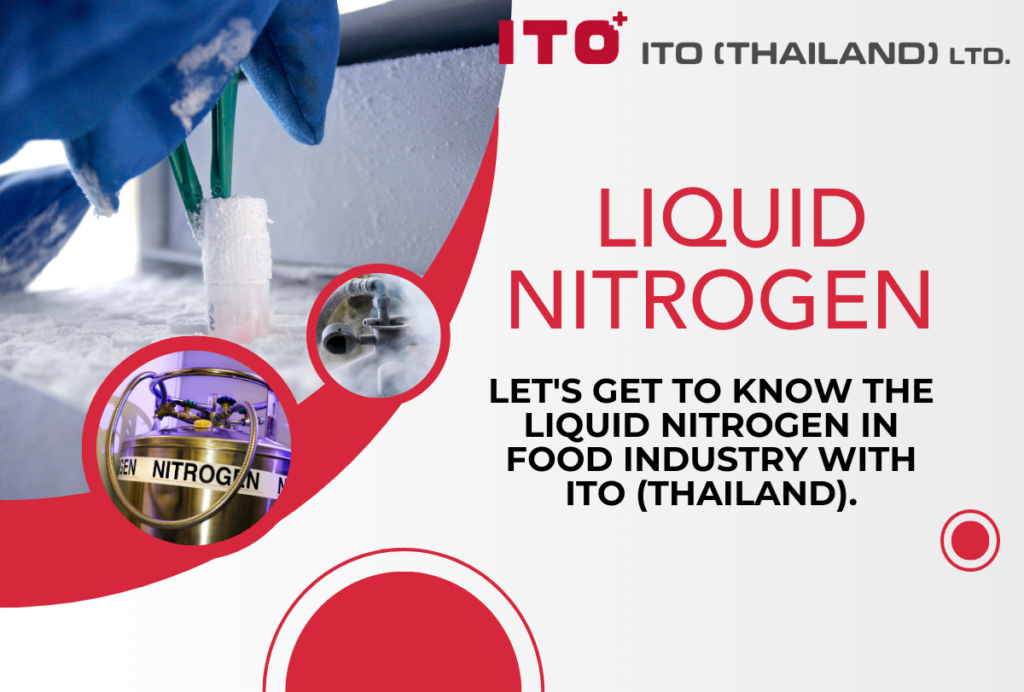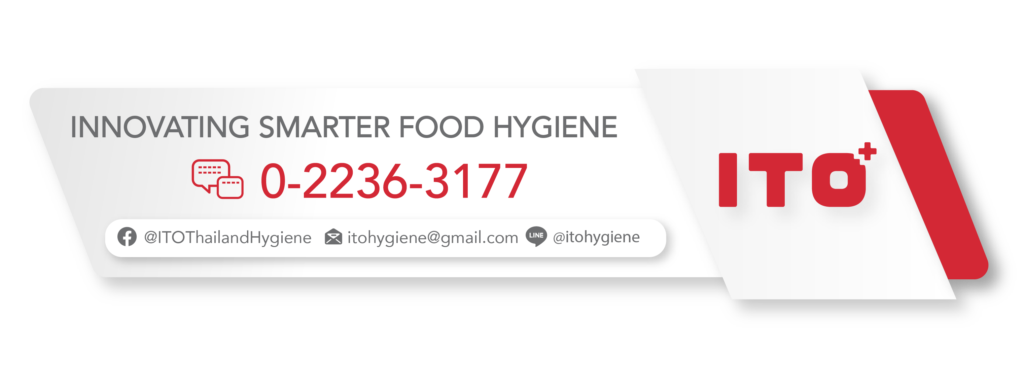ITO Thailand Hygiene Blog
Liquid nitrogen in food industry
You maybe have heard that liquid nitrogen can rapidly freeze the food, haven’t you? And what are its advantages and benefits? Let’s get to know the liquid nitrogen in food industry with ITO (Thailand).
What is liquid nitrogen?
Nitrogen is a gas that is generally available in the air approximately 78% compared to vapor that condenses into liquid at the temperature below 100๐C. Nitrogen gas will turn into liquid at a very low temperature, approximately -195.8๐C. Therefore, it shows that the nitrogen in liquid form must have a temperature below the boiling point. In changing the state of nitrogen from liquid to gas, there is also endothermic change (Latent heat of nitrogen vaporization is 198.3 kJ/kg) causing other objects to have endothermic change into nitrogen gas as well when contacting with liquid nitrogen of very negative temperature. As a result, those objects have rapid temperature changes turning them to be frozen rapidly.
Advantages and Precautions
Firstly, the advantage of liquid nitrogen is it can quickly cool down the temperature enabling to shorten the time in freezing process. Secondly, when the objects, especially the cells of organisms or structures of water in foods, rapidly turn into frozen, the ice crystals formed which are small and many will affect the structure changes or destroy the cells less than the big ice crystals which can pierce through the cells or tear or deform the structures as it can be noticed that the Industrial frozen food can usually be defrosted with better quality than that of the frozen food defrosted from a household freezer including being able to maintain the quality of cells of organisms to be in good condition as well.
For the precautions, the most cautious is the operator contacting the liquid nitrogen may have an acute health problem of frostbite or hypothermia if he/she is not careful or does not wear the proper protective equipment. Besides, the operation site must also consider the proper air circulation to cope with the volume of nitrogen evaporation including the lack of oxygen due to the density of nitrogen gas. As for the foods, in case of freezing the liquid or viscous foods that have to be eaten immediately; for example, ice cream, a caution must be taken as nitrogen gas bubbles that may be left in the low-temperature foods may be harmful to the oral cavity. In addition, the foods frozen by nitrogen can stop the growth of microorganisms; however, the microbes will have chances to grow again once the food is defrosted.
Examples of the use of liquid nitrogen in food industry
•Livestock and production of raw materials such as the storage of sperms and eggs of breeders for animal breeding or artificial insemination, medicines and vaccines for animals, etc.
•Frozen food production process to inhibit the growth of microorganisms including changes in food quality due to the chemical and enzymatic reactions in food will occur more slowly when the water in food turns into ice enabling to maintain well the freshness of the food.
•Preservation process of temperature sensitive functional substances with encapsulation by freeze drying process or spray cooling process such as probiotics, microbial extracts, plant extracts, etc.
•Freeze drying process is preferable to reduce the temperature of the object with liquid nitrogen before sublimating water at a pressure lower than atmospheric pressure in order to obtain the product that can maintain good quality.
•In home economics; for example, making liquid nitrogen ice cream, or in molecular gastronomy
•Research and product development works often use liquid nitrogen to keep food samples, objects, microorganisms or chemicals for minimal changes before further analysis.
Innovation in liquid nitrogen production
In general, the food industry often orders liquid nitrogen from a specific nitrogen production company which may face problems in managing nitrogen stocks, risks in transporting pressure-resistant packaging including the problem of carbon footprints of transporting liquid nitrogen that wastes fuel energy.
ITO (Thailand) Co., Ltd. would like to offer an innovation in liquid nitrogen production from Japan for industrial and research sectors which will enable your organization to consistently produce liquid nitrogen at 99% purity by electrical energy and reduce the risks and errors from transportation. If you are interested in such product, please do not hesitate to immediately contact us for further details.
Related Post
-
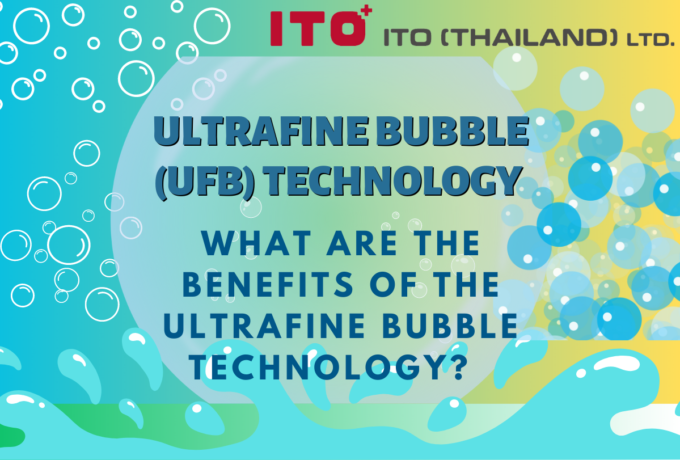
Ultrafine bubble (UFB) technology (Part 2)
The previous content has discussed the benefits of the ultrafine bubble technology in agriculture, livestock, and fisheries, cleaning raw materials and various surfaces. Today, we will continue to learn about the use of the ultrafine bubble technology in food production processes and waste management from the food industry and how to create these tiny gas bubbles.
-
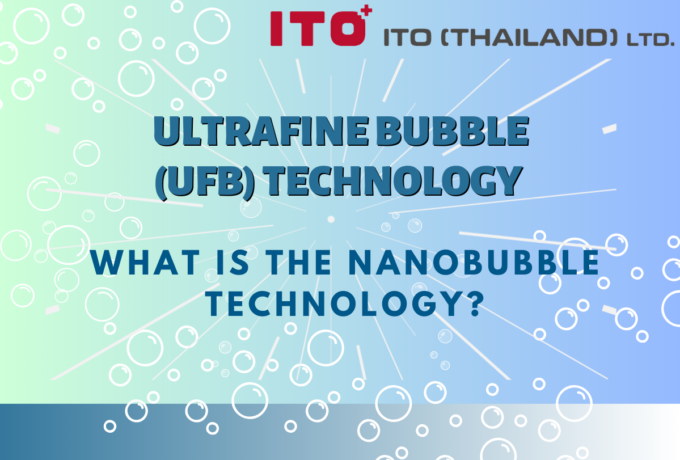
Ultrafine bubble (UFB) technology (Part 1)
Simple bubbles when transformed into the micro-nano level can do more than you think. Let's learn about the technology of these tiny bubbles and their application in the food industry with ITO (Thailand).
-
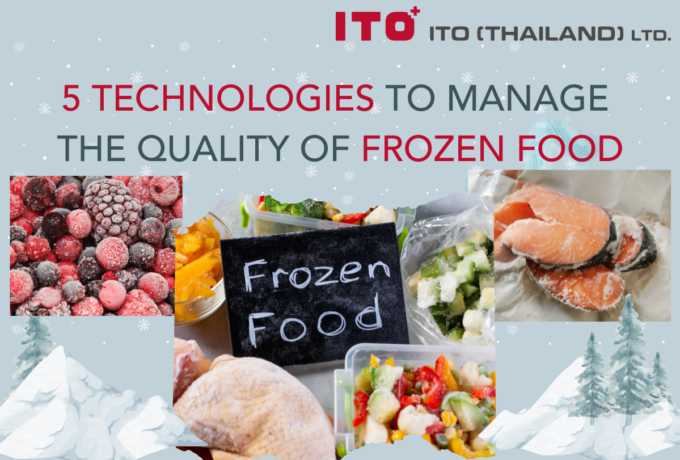
Frozen food storage management
Freezing is a method of food preservation commonly used in food that goes bad quickly such as ready-to-cook fresh food, ready meals, or foods in which nutritional values decay easily, or have substances that are sensitive to temperature, light, oxygen, etc. Freezing uses a principle of quickly solidifying water in the products, making the molecules of the substances unable to react to one another, thus the foods last longer. It also suppresses the growth of microorganisms and kills parasites. For instance, USFDA suggested controlling parasites in fish consumed raw such as sushi and sashimi by freezing the fish at the minimum of 20 degrees Celsius for 7 days or stored at -35 degrees Celsius for 15 hours to control parasites in fish (conditions may depend on the size of the fish as well).
-

Boot Cleaner
Pay attention to the hygiene of the footwear for good hygiene in the food industry
-
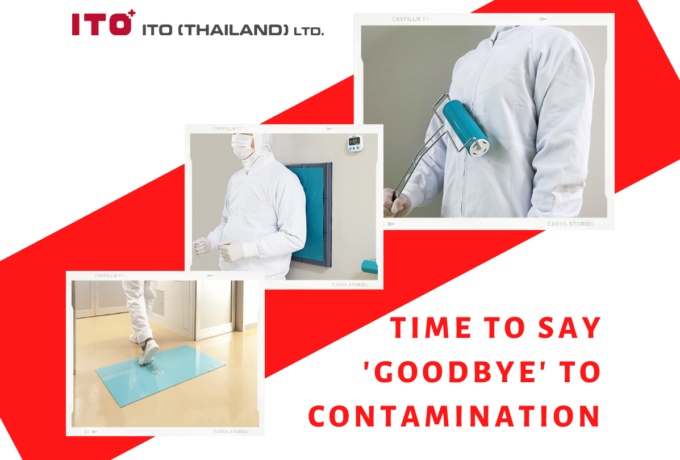
Innovation for sustainable physical contamination prevention
It is known that external impurities pose a food safety risk. One of the main channels of contamination is the presence of humans as a carrier of dust and dirt into the production or high-risk areas, causing dirt, germs, or foreign matters to contaminate food and harm consumers.
-
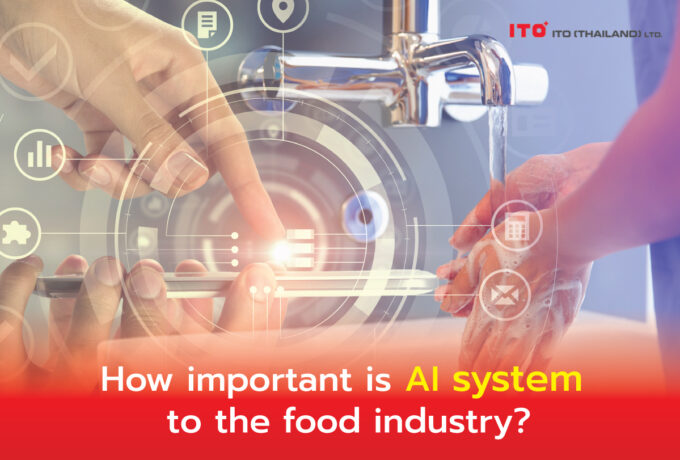
AI technology in Food industry world
Case study of HACCP assisted hand washing system by AI technology








